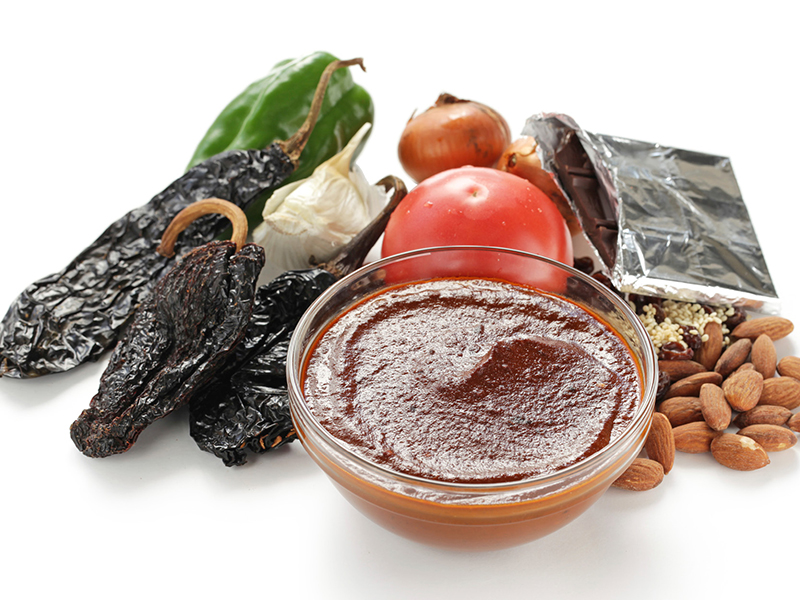Thank goodness for Cinco de Mayo. Now Americans have an excuse to break out all the Mexican tchotchkes while going all out on Mexican recipes.
But how many Americans actually know what Cinco de Mayo is? While writing this article, I sought some inspiration by purchasing a taco at my local taco truck and asked others in line if they knew. Three out of 5 people said Mexican Independence Day. One woman said it was when America freed Mexico, but she didn’t know from what. And the other guy was honest and said he had no idea, but it gave him an excuse to drink margaritas all day.
Cinco de Mayo is not Mexican Independence Day. That is on September 16. The highly marketed holiday that is celebrated more in the U.S. than in Mexico commemorates the Battle of Puebla—a state located in East-Central Mexico—during the Franco-Mexican War (1861-1867). No, the Americans had nothing to do with it. We were in the middle of the Civil War. When Mexican president Benito Juárez declared that the country was too poor to pay its debts, France tried to invade it with the hopes of turning Mexico into a French state. Despite being outnumbered 2-to-1, Mexico won the battle and it was a symbol of Mexican strength. This victory inspired Americans and the first celebration of Cinco de Mayo took place in Southern California in 1863.
While gringos across America have been striving for Mexican food, for the most part, the only authenticity is through the ingredients. Thanks to our North American Free Trade Agreement, 49 percent of our avocados come from Mexico—along with the limes we sprinkle on them to keep them from browning—thus making our guacamole more “authentic” than we may realize. And while we’re in the middle of a declared craft beer revolution, in 2013, we imported about 2 million tons of Coronas and Modelos. Beer is Mexico’s largest agricultural export into the U.S.
The truth is Mexican food in America isn’t Mexican. Dishes—like chili, fajitas, quesadillas, burritos and nachos—are delicious American inventions. To translate the words of the abuela, Spanish for grandmother, whose restaurant I dined at in Tulum, south of the popular Playa del Carmen tourist destination in Quintana Roo, Mexico, “We don’t know real Mexican food.” For instance, chilies are used as a condiment; Mexican dishes aren’t meant to be spicy. And the prodigious amounts of cheese that we use on, well, everything, is a rarity in Mexico beyond a light crumbling of queso fresco—a creamy, soft, and mild unaged white cheese. Also, guacamole is meant to be chunky because it is traditionally made in a mortar and pestle.
Mole pablano sauce, or mole, is Mexico’s national dish and something American’s left out when we hijacked Mexican cuisine. This thick, nutty, chocolatey, concoction made sometimes with 30 ingredients is laborious and time-consuming—probably the reason why we left this one out. As you can imagine, there are legends surrounding this sauce, some dating back to pre-Hispanic times.
Mexican food spans much wider than refried beans and salsa. For instance, Northern Mexico is known for beef as it echoes the ranching culture of Texas. Veracruz and the Gulf of Mexico are known for delicious seafood. Seafood there is done with tomatoes, olives and capers. The influence of the ancient Maya is prevalent in the Yucatan area. Achiote—a sweet, slightly peppery red sauce made from the seed of the tropical annatto plant—is a distinct flavor in these parts. Turkey, chicken and pork are the main proteins. And Oaxaca, the birthplace of the mole, is a region known throughout the country as “The Land of the Seven Moles.” Oaxaca also produces the delicious mozzarella-like cheese that is named after the region.
What about the authenticity of the margarita? There are four commonly repeated tales, according to Mission Margarita, a website dedicated to finding the best margaritas anywhere. The oldest tale dates back to 1936 in at the Garcia Crispo Hotel in Tehuachán, Puebla, Mexico, where the bar owner, Daniel Negrete, concocted the drink with hand-crushed ice.
Americans love Mexican food! We’ve even streamlined it into fast food chains like Chipotle and Taco Bell. We’re just a bunch of gringos in search for some exotic flavor. And even though we’ve Americanized and reinvented Mexican food, we still carry forth the same foundation as the abuelas cooking their hearts out in Mexican kitchens; that the food is meant for sharing and meant for celebrations. Buen Provecho.



